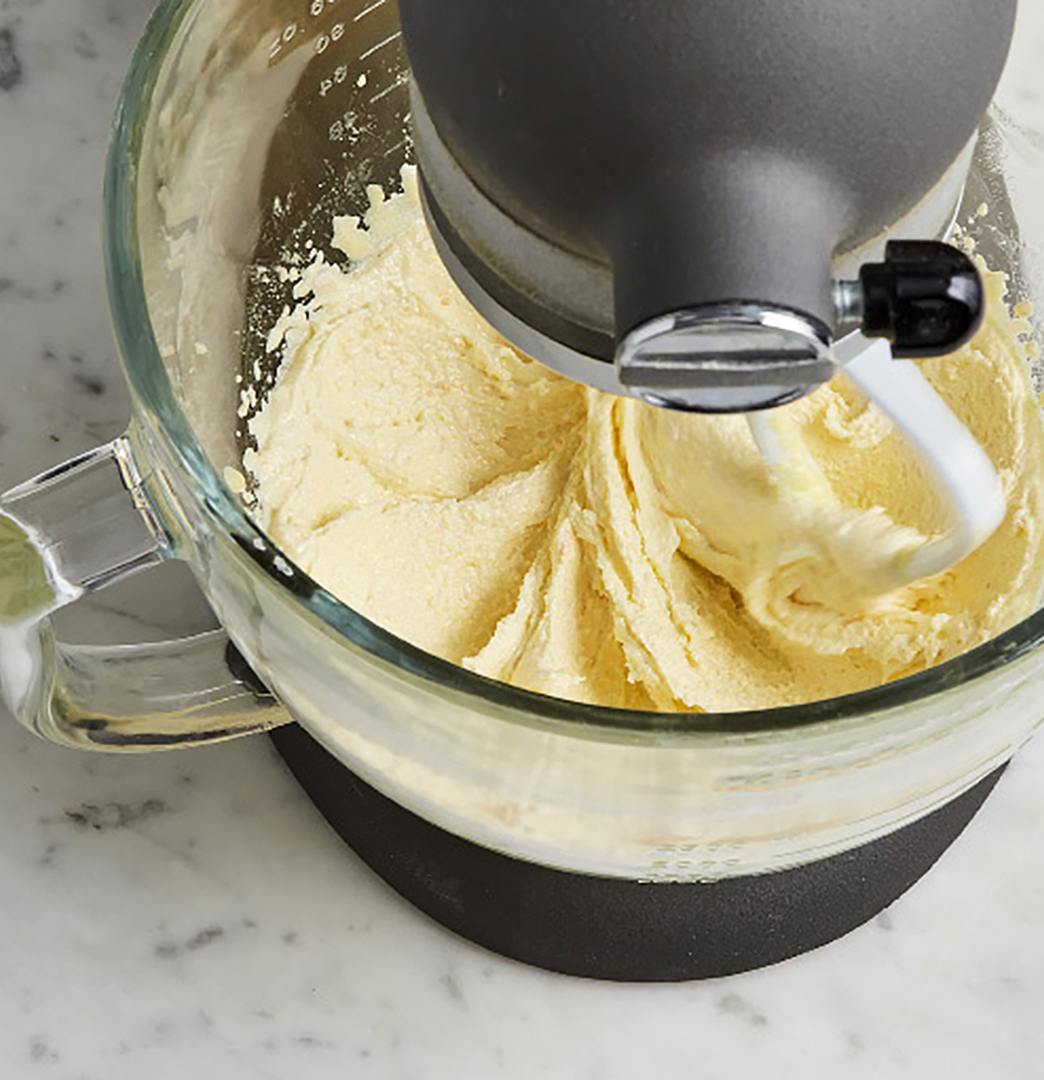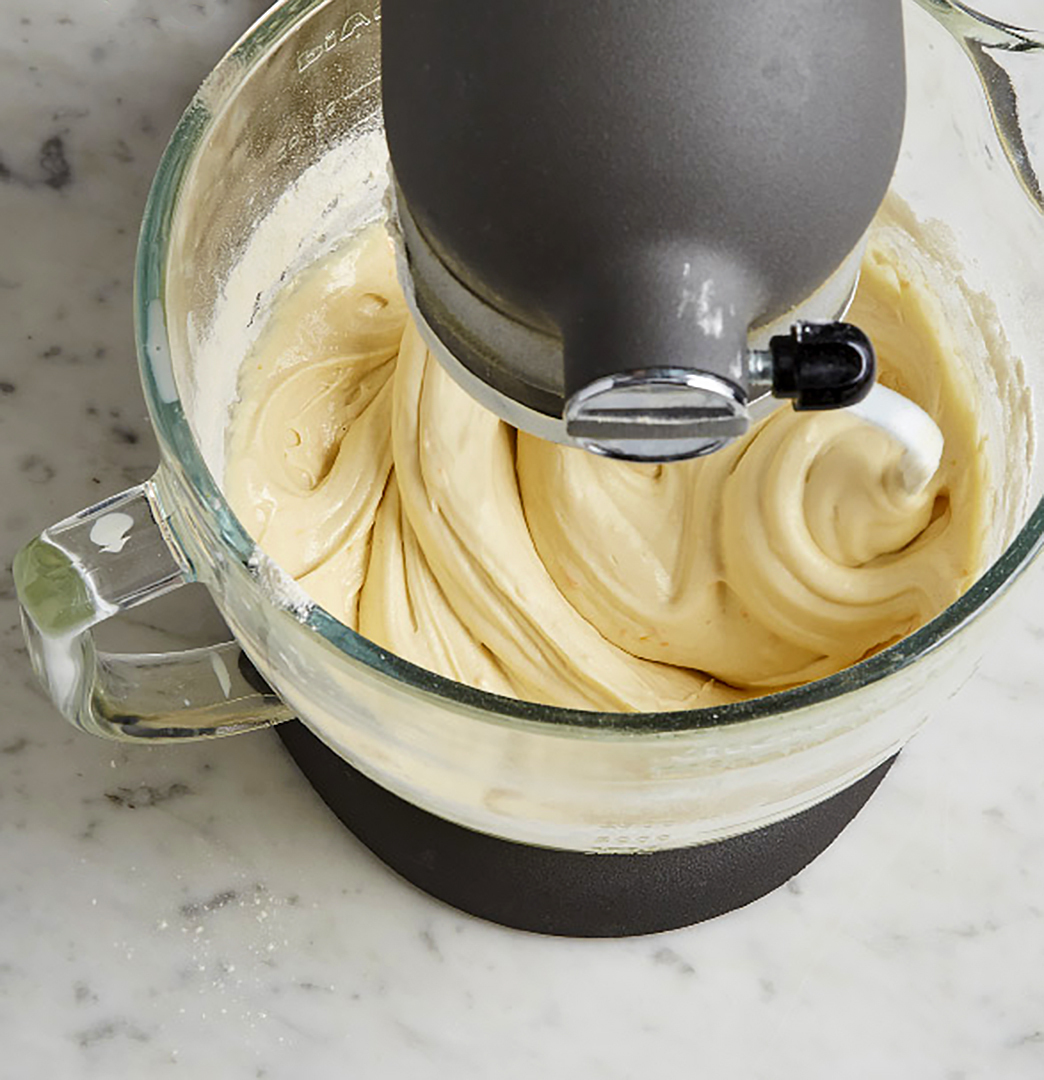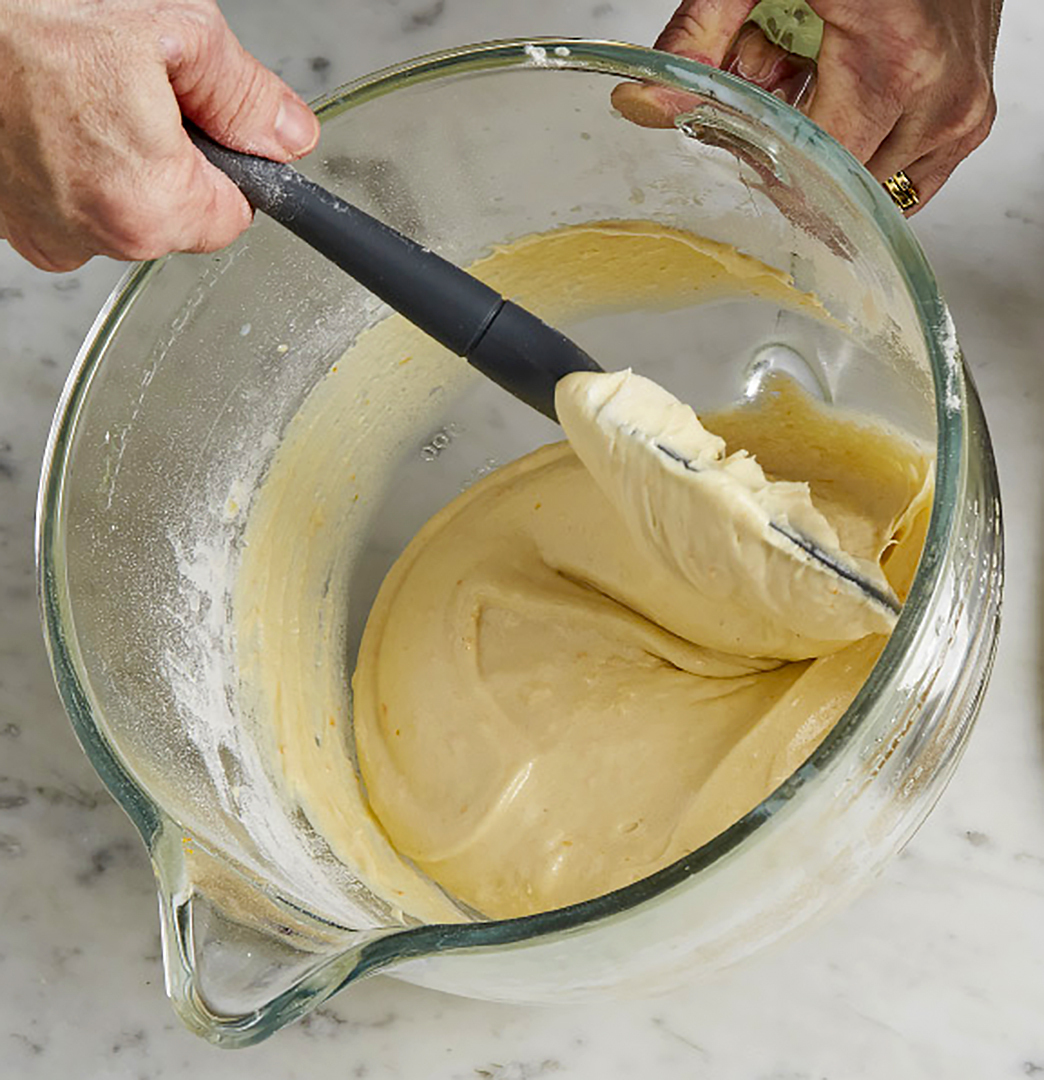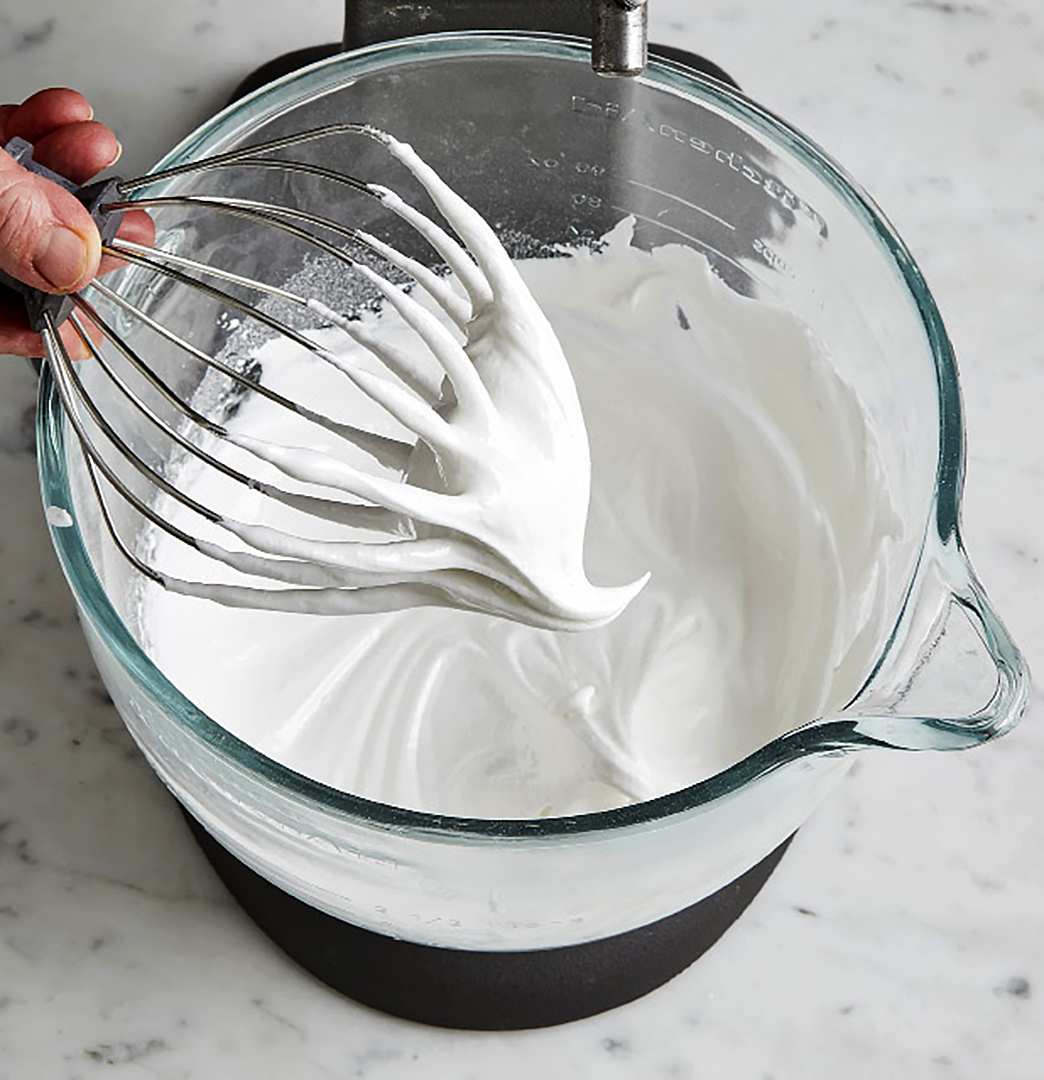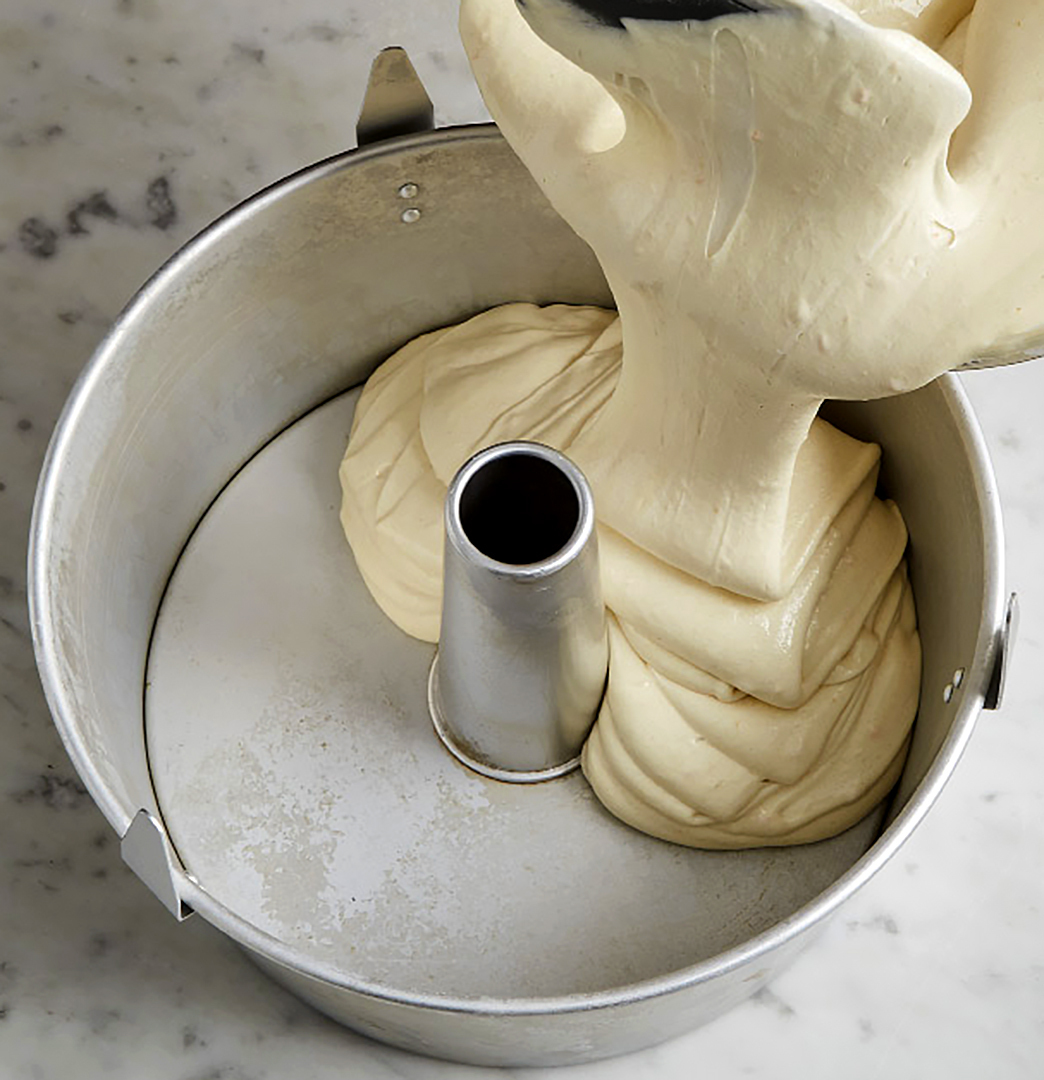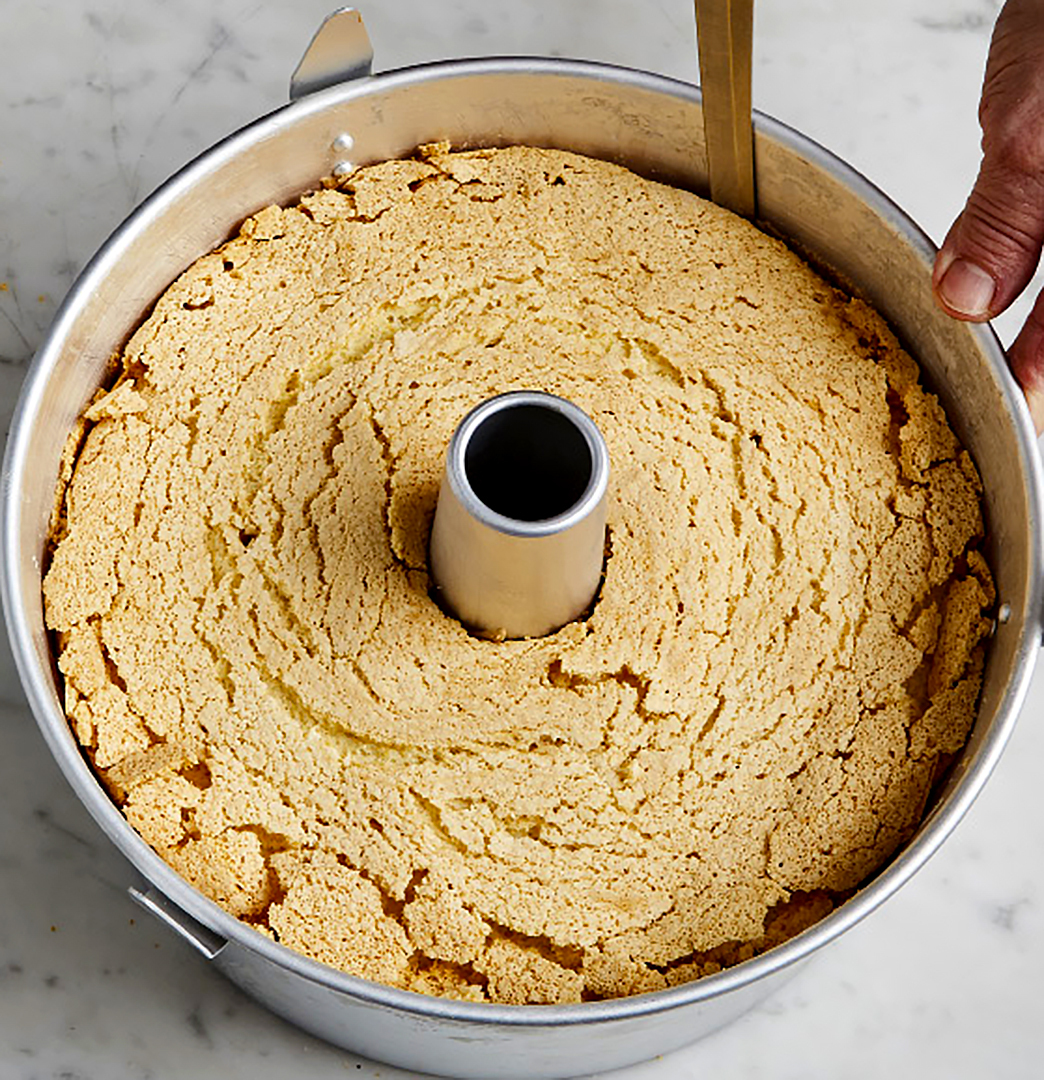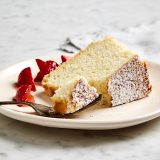At a glance, the cake—and for Linda White and her family, it’s known simply as “the cake”—seems little more than a simple sponge cake. Nothing sensational. But the taste and an unusual ingredient—hot milk—tell a different story.
Throughout White’s childhood in Pennsylvania, no family gathering was complete without a slice of the sponge cake made by her grandmother, Florence. “It showed up at every reunion, every dinner party, every picnic,” White says.
Airy, tender and flavored with just a hint of orange zest, the dessert was so irresistible, people often skipped the silverware, devouring slices out of hand. The cake always disappeared quickly. Unfortunately, with Florence’s passing, so did the knowledge of how to make it.
Though White inherited the recipe, jotted in a well-worn scrapbook, she couldn’t decipher it. “It’s a train wreck,” she says. There are no directions about when to whip the egg whites, and the amount of flour needed is tacked on at the end as an afterthought. Even the name her grandmother gave the recipe is something of a puzzle: “Adena’s Hot Milk Sponge.”
Who was Adena? A neighbor, perhaps? More importantly, why did she make her cake with hot milk? After several failed attempts to bake the cake herself, White turned to Milk Street’s My Family Recipe television show, which helps home cooks recreate lost recipes.
Reconstructing the recipe required deep digging, scouring historical cookbooks for clues about this unusual cake. Sponge cakes as we know them originated in the 19th century. Prior to the invention of chemical leaveners, achieving the lofty, feather-light texture characteristic of sponge cake was difficult. Things got easier with the advent of baking powder; before that, whipped egg whites did much of the work.
And though cooks of the era may not have realized it, so did the milk. Specifically, hot milk.
In his survey of American cookery, James Beard noted that hot milk-based sponge cakes were quite popular in the 1890s. By 1952, a Virginia newspaper columnist went so far as to call the hot milk cake “the little black dress of cakes,” praising its versatility.
Unlike the dress, baking with hot milk has fallen out of fashion. For that, you can thank pasteurization. Before that was common, milk often was scalded to kill harmful pathogens, considered an essential step in many vintage baking recipes.
But surely, scalding milk isn’t necessary today. Or is it?
To our surprise, in our testing we found that indeed, when we used scalded milk rather than milk straight from the refrigerator, our sponge cake came out far more tender, with more of that ideal sponge “spring”—a richer, more toothsome version of angel food cake. As it turns out, heat denatures certain milk proteins that otherwise interfere with gluten development, improving the texture of baked goods.
So for our version of Florence’s cake, we start by heating milk until just simmering, then add it to a batter of sugar, flour and egg yolks a bit at a time (this prevents the eggs from curdling). From there, the egg whites are whipped with sugar into silky, glossy, soft peaks. This meringue-like mixture is gently folded into the batter, further lightening it.
After baking, the cake cools upside down, much like an angel food cake. This unusual step of inverting the pan allows the gentle tug of gravity to help prevent the cake from “falling” as it cools, before a knife is used to release it from the pan.
The finished cake needs little adornment. It’s good enough to just grab pieces and eat them out of hand, as White’s family did. But we also sprinkle a bit of powdered sugar on top, plus a spoonful of sweet-tart berry compote.
And White confirms that this cake captures the flavor and texture of this treasured childhood dessert. “I’m so happy to be able to share not just the cake, but my memories and my feelings,” she says. “Grandma would be proud.”
Hot Milk Sponge Cake
